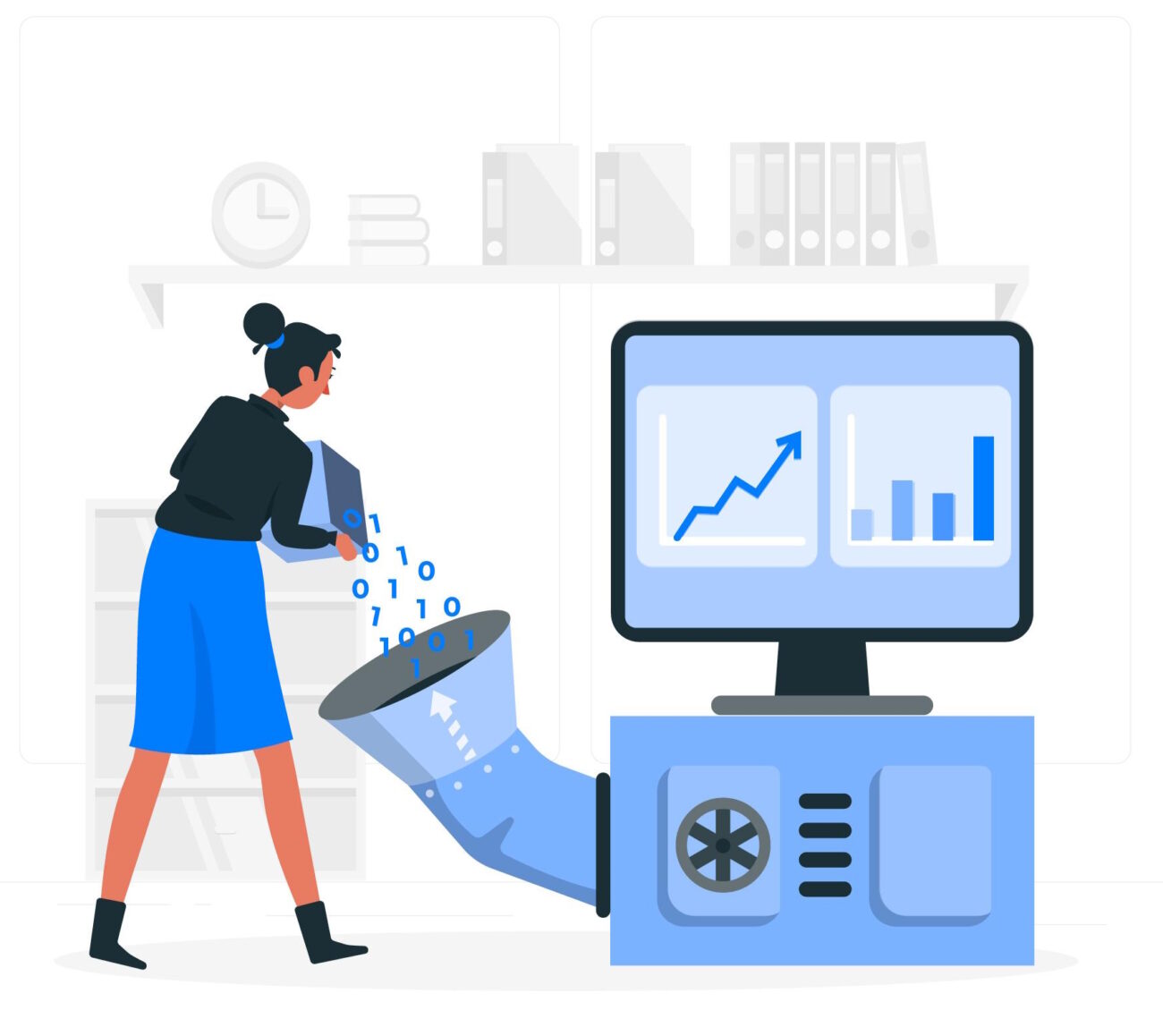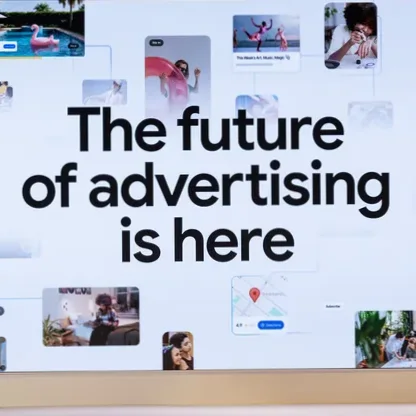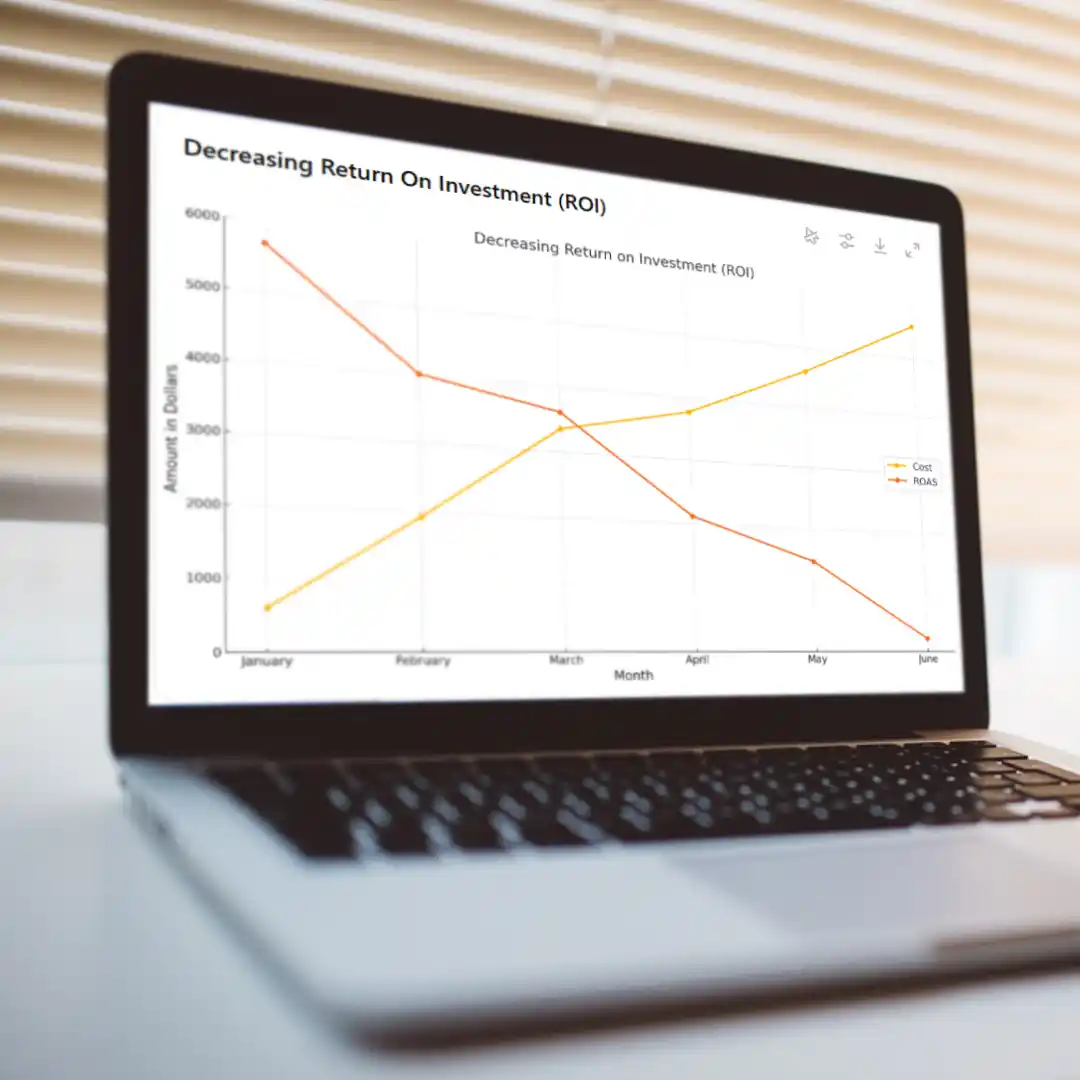In today’s fast-paced digital landscape, staying competitive requires businesses to embrace efficiency-enhancing tools. Among these tools, Marketing Automation stands out as a powerful catalyst for streamlining marketing efforts, driving engagement, and nurturing customer relationships. But what exactly is Marketing Automation, and what processes can it handle?
Understanding Marketing Automation
Marketing Automation refers to the use of technology to automate repetitive marketing tasks and workflows across multiple channels. It empowers businesses to deliver personalized, targeted content to their audience at the right time, optimizing interactions and conversions.
Processes Managed by Marketing Automation Tools
- Email Marketing Automation: One of the foundational elements, automation in email marketing streamlines sending personalized emails based on triggers or specific actions. This includes welcome series, drip campaigns, abandoned cart emails, and more, all tailored to individual user behavior.
- Lead Nurturing and Management: Automation aids in lead scoring, segmentation, and nurturing by delivering relevant content to prospects based on their interests, behavior, and stage in the buyer’s journey. It ensures a tailored approach to guide leads towards conversion.
- Social Media Automation: Scheduling posts, curating content, and engaging with audiences across various social media platforms can be automated. It facilitates consistent posting and timely interactions, enhancing brand presence and engagement.
- Workflow Automation: Automating workflows involves setting up sequences of actions triggered by specific events or user behaviors. This might include assigning leads to sales reps, sending notifications based on form submissions, or updating customer records.
- Analytics and Reporting: Marketing Automation tools provide comprehensive insights into campaign performance, user behavior, and ROI. They analyze data to gauge the effectiveness of marketing efforts, enabling informed decision-making and continuous optimization.
- Personalization and Dynamic Content: These tools facilitate the delivery of personalized experiences by dynamically altering website content, emails, or recommendations based on user behavior, preferences, and demographic data.
- Customer Retention and Loyalty Programs: Automation supports ongoing engagement with existing customers through loyalty programs, special offers, and personalized communication, fostering long-term relationships.
The Impact and Benefits
- Increased Efficiency and Time Savings: By automating repetitive tasks, marketers can focus on strategy, creativity, and high-impact activities.
- Enhanced Lead Conversion and Nurturing: Personalized and timely interactions improve lead quality and drive conversions.
- Improved Customer Experience: Tailored communication and experiences foster stronger relationships with customers.
- Data-Driven Decision Making: Comprehensive analytics enable data-driven insights for refining marketing strategies.
Effectively Utilizing Marketing Automation
Every business is different, and there’s a great deal of variety between Marketing Automation platforms such as Hubspot and Constant Contact (formerly Sharpspring). Your marketing funnel won’t look like ours, but no matter the industry, here are a few tips to maximize the efficacy of your approach:
Do:
- Start with a Clear Strategy:
Do begin your marketing automation journey with a well-defined strategy. Identify your goals, target audience, and key performance indicators (KPIs) to align your automation efforts with overarching business objectives.
- Segment Your Audience Effectively:
Do segment your audience based on various factors such as behavior, demographics, and interests. Tailoring automation workflows to specific segments ensures personalized and relevant content delivery.
- Regularly Update and Cleanse Data:
Do maintain the accuracy of your customer data. Regularly update and cleanse your databases to ensure that your marketing automation processes are built on reliable and current information.
- Test and Optimize Workflows:
Do A/B test different elements of your automation workflows. Continuously optimize based on performance metrics to enhance the effectiveness of your campaigns over time.
- Prioritize User Consent and Privacy:
Do prioritize obtaining user consent and adhere to privacy regulations. Ensure that your automation practices align with legal requirements to build trust with your audience.
Don’t:
- Overlook Personalization Opportunities:
Don’t miss out on the power of personalization. Failing to tailor content to individual user preferences can result in less effective campaigns and reduced engagement.
- Neglect Monitoring and Analytics:
Don’t set and forget. Regularly monitor analytics provided by your automation tools. Neglecting data analysis may lead to missed opportunities for improvement.
- Automate Without Human Oversight:
Don’t rely entirely on automation without human oversight. While automation streamlines tasks, human input is essential for interpreting data, making strategic decisions, and adapting to unforeseen circumstances.
- Ignore the Customer Journey:
Don’t treat customers as isolated interactions. Consider the entire customer journey and adjust your automation sequences accordingly to provide a cohesive and seamless experience.
- Underestimate the Power of Testing:
Don’t underestimate the importance of testing. Skipping testing processes may result in errors or ineffective workflows, impacting the success of your marketing automation initiatives.
Conclusion
In a digital ecosystem characterized by rapid advancements and evolving consumer preferences, Marketing Automation emerges as a cornerstone for businesses seeking to optimize their marketing efforts. By harnessing the capabilities of automation tools across various marketing functions, organizations can streamline processes, enhance engagement, and drive sustainable growth.
Embracing Marketing Automation isn’t merely about efficiency; it’s about creating meaningful connections and delivering value to customers at every touchpoint. This requires a deep understanding of the online marketing landscape and knowledge of your customers’ pain points.
Check out our other posts on Google Ads and the online advertising world to learn more and build a better marketing system for your business!





